Box Elder Maple Tree (Acer Negundo) – 1 Gallon Pot
$39.97 Original price was: $39.97.$27.98Current price is: $27.98.
SKU: D2LSC 6110128018 Category: NATIVE PLANTS
- Get the Best for Less
- No-Questions-Asked Returns
- Effortless Shopping, Quality Products
- 7 days free returns

Box Elder Maple Tree
Acer negundo
Other Names: Ash-Leaf Maple, Ashleaf Maple, Boxelder
Plant Details
USDA Plant Hardiness Zones: 3a-9b (10?) Find Your Zone
Plant Type: Deciduous Shade Tree
Height at Maturity: 35-50′
Width at Maturity: 35-50′
Spacing: 30-35′ apart for screens; 60’+ apart for space between trees; space trees at least 30′ from a driveway
Growth Habit / Form: Upright, Broad Rounded Crown
Growth Rate: Very Fast
Flower Color: Yellow
Flower Size: Insignificant
Flowering Period: Spring
Fragrant Flowers: na
Foliage Color: Light Green and Yellow to Orange in the Fall
Fragrant Foliage: No
Fruit: Samaras – Seeds are pale Yellow
Sun Needs: Full Sun or Mostly Sun
Water Needs: Average
Soil Type: Clay, Loam, Sandy (amended), Silt
Soil Drainage / Moisture: Moist But Well Drained to Wet
Soil pH: 6.5 – 7.5 (Acid to Slightly Alkaline)
Maintenance / Care: Low
Attracts: Birds, Beneficial Pollinators, Visual Attention
Resistances: Black Walnut Resistant, Clay Soil, Deer, Disease, Drought, Heat, Sun
Description
Acer negundo, commonly known as Box Elder Maple or Ash Leaf Maple, is a very fast-growing and easy-to-grow North American native tree that typically grows from 30 to 50 feet tall and equally as wide, which is big enough for a good shade tree. It will grow in almost any type of soil, wet or dry, even wet soils along streams and other bodies of water, making it a good choice for difficult areas where other trees won’t grow. With the exception of Alaska and Hawaii, it will grow in almost every state in the U.S., even North Dakota where deciduous trees usually won’t grow. Although it is a maple, it differs from most other species in that it has odd-pinnate compound leaves, each with 3 to 5 toothed leaflets, resembling those of ash trees. The leaves are a light to medium green through the warm season turning to shades of yellow and/or orange in the fall. Samaras are pale yellow, in long drooping clusters, that appear in the fall.
The name Box Elder came from the use of its woos for making wooden boxes and crates. Plains Indians made sugar from the sap, when sugar was scarce and Prairie settlers sometimes tapped this tree to make maple syrup.
Landscape & Garden Uses
Typically growing 35 to 50 feet in height by 35 to 50 feet wide, the Box Elder Maple is ideal for use as a specimen, in groupings or in straight or staggered rows as a screen or to delineate property lines or line a driveway. Also nice to provide shade near the home or around near sitting areas and for reforestation projects. When planted on the west side of the home the shade provided will substantially reduce cooling costs. A fine addition to wildlife gardens and sunny woodland borders.
Suggested Spacing: 30 to 35 feet apart for screens; 60 feet or more apart for space between trees; space trees at least 30 feet from a driveway
Growing Preferences
Thriving as far south as USDA Zone 9b and north to Zone 3a, the Box Elder Maple is exceptionally adaptable and easy to grow in almost any climate and environment. In our gardens, no amount of extreme weather has hindered the strong performance of this amazing maple tree. Our temps here in north-central Georgia can reach 100 degrees or more in summer with long periods of little to no rain and winters can be wet and soggy. The Box Elder Maple grows best in a moist but well-drained soil of average fertility and in full sun to part shade. Established trees are very drought tolerant.
Helpful Articles
Click on a link below to find helpful advice from our experts on how to plant and care for Maple trees.
How To Plant A Maple Tree
How To Fertilize, Prune & Water A Maple Tree
Plant Long & Prosper!
Meet The Wilson Brothers & Staff
Questions? Contact Us!
Be the first to review “Box Elder Maple Tree (Acer Negundo) – 1 Gallon Pot” Cancel reply
Related products
Sale!
Sale!
Sale!
Sale!
NATIVE PLANTS
Sale!
Sale!
Sale!
Sale!

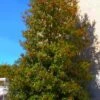
















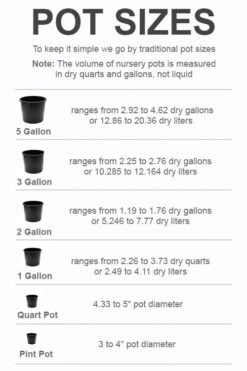





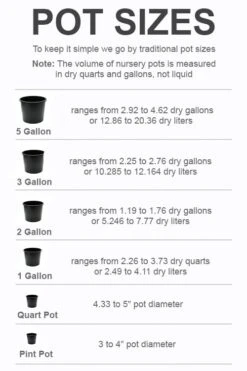
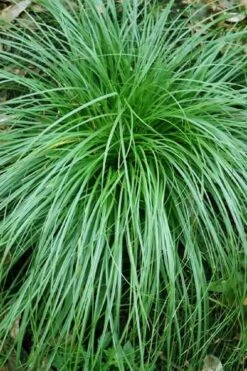

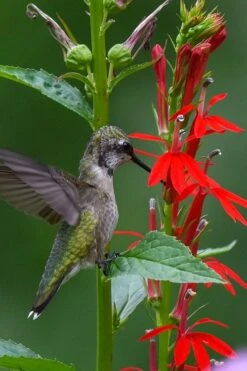
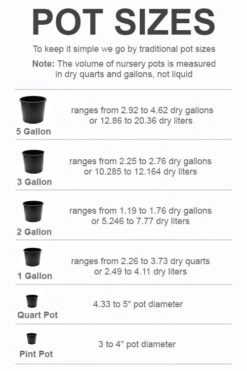




Reviews
There are no reviews yet.